Largest Colleges and Universities in the U.S.
 Credit: Image Credit: Replay Photos / Contributor / Getty Images
Credit: Image Credit: Replay Photos / Contributor / Getty ImagesData Summary
Arizona State University, Texas A&M, and Ohio State are the largest colleges in the U.S. by in-person enrollment.
The largest universities by total enrollment are primarily online colleges: Western Governors University, Southern New Hampshire University, and University of Phoenix.
The largest private universities are New York University, the University of Southern California, and Brigham Young University.
St. John’s, Depaul, and Georgetown are the largest Catholic universities.
Colleges range widely in size, from tight-knit campuses of just 1,000 students to online universities with tens of thousands of remote students.
According to the Integrated Postsecondary Education Data System (IPEDS), the largest universities in the United States by enrollment are fully online colleges: Western Governors University, Southern New Hampshire University, and University of Phoenix have the most students in the country, with enrollments surpassing 100,000 in 2023-2024.
The largest universities by in-person enrollment are Arizona State University and Texas A&M University, which each serve more than 70,000 students.
Keep reading to find the biggest colleges by campus enrollment and state. Plus, find top 10 lists of the largest online, private, and Catholic universities.
Largest Colleges in the U.S.
With more than 75,000 students, Arizona State University is the largest college in the U.S. by on-campus and hybrid enrollment. Hybrid enrollees include students who take some classes online and some on campus.
| Rank | School Name | Institution Control | Campus and Hybrid Enrollment | Total Enrollment |
|---|---|---|---|---|
| 1 | Arizona State University Campus Immersion | Public | 75,613 | 79,593 |
| 2 | Texas A & M University, College Station | Public | 72,801 | 76,633 |
| 3 | Ohio State University, Main Campus | Public | 56,443 | 60,046 |
| 4 | University of Central Florida | Public | 55,386 | 69,233 |
| 5 | University of Washington, Seattle | Public | 53,951 | 55,620 |
| 6 | New York University | Private Nonprofit | 53,895 | 57,335 |
| 7 | University of Minnesota, Twin Cities | Public | 53,243 | 54,890 |
| 8 | 71.13% | Public | 61.4% | 19.5% |
| 9 | The University of Texas at Austin | Public | 53,082 | 53,082 |
| 10 | Pennsylvania State University, Main Campus | Public | 49,895 | 50,399 |
| 11 | Michigan State University | Public | 48,750 | 51,316 |
| 12 | Purdue University, Main Campus | Public | 48,673 | 52,905 |
| 13 | University of Wisconsin, Madison | Public | 48,117 | 49,605 |
| 14 | Rutgers University, New Brunswick | Public | 47,580 | 50,617 |
| 15 | University of Illinois, Urbana-Champaign | Public | 47,513 | 56,563 |
| 16 | University of Florida | Public | 46,592 | 54,814 |
| 17 | University of California, Los Angeles | Public | 46,211 | 46,678 |
| 18 | Indiana University, Bloomington | Public | 44,200 | 47,527 |
| 19 | University of California, Berkeley | Public | 43,871 | 45,699 |
| 20 | University of California, San Diego | Public | 41,952 | 42,376 |
| 21 | University of Arizona | Public | 41,871 | 53,001 |
| 22 | University of Houston | Public | 41,542 | 46,676 |
| 23 | University of Southern California | Private Nonprofit | 41,489 | 47,147 |
| 24 | University of North Texas | Public | 41,331 | 47,507 |
| 25 | University of South Florida | Public | 40,800 | 48,572 |
Get to Know the Top 10 Largest Colleges and Universities in the U.S.
Below are the top 10 largest colleges in the country, ranked by in-person campus enrollment.

1. Arizona State University Campus Immersion, Tempe
- Total Student Enrollment: 79,593
- Undergraduate Format: 95% in-person or hybrid
- Acceptance Rate: 90%
- Avg. In-State Undergraduate Tuition & Fees: $11,31
- Avg. Out-of-State Undergraduate Tuition & Fees: $31,450
In Tempe, Arizona, ASU serves roughly 65,200 undergraduates and 14,400 graduate students, mostly on campus. Students can access nearby metropolitan Phoenix via a 20-minute drive or an hour-long trip on the public light rail.
All first-year undergraduates are expected to live on campus, where students select housing assignments based on their major. Academic programs available at Tempe include the W. P. Carey School of Business, the Herberger Institute for Design and the Arts, the Honors College, the School of Sustainability, and many more.

2. Texas A&M University
- Total Student Enrollment: 76,633
- Undergraduate Format: 95% in-person or hybrid
- Acceptance Rate: 63%
- Avg. In-State Undergraduate Tuition & Fees: $9,000
- Avg. Out-of-State Undergraduate Tuition & Fees: $36,430
Since 1876, Texas A&M’s only U.S. campus has been located in College Station — one of the best college towns in Texas. Its nearly 75,000 students have access to over 140 undergraduate and roughly 270 graduate programs.
In Texas, college football is larger than life, and the Aggies have a stadium to prove it. Kyle Field is the largest stadium in the Southeastern Conference.
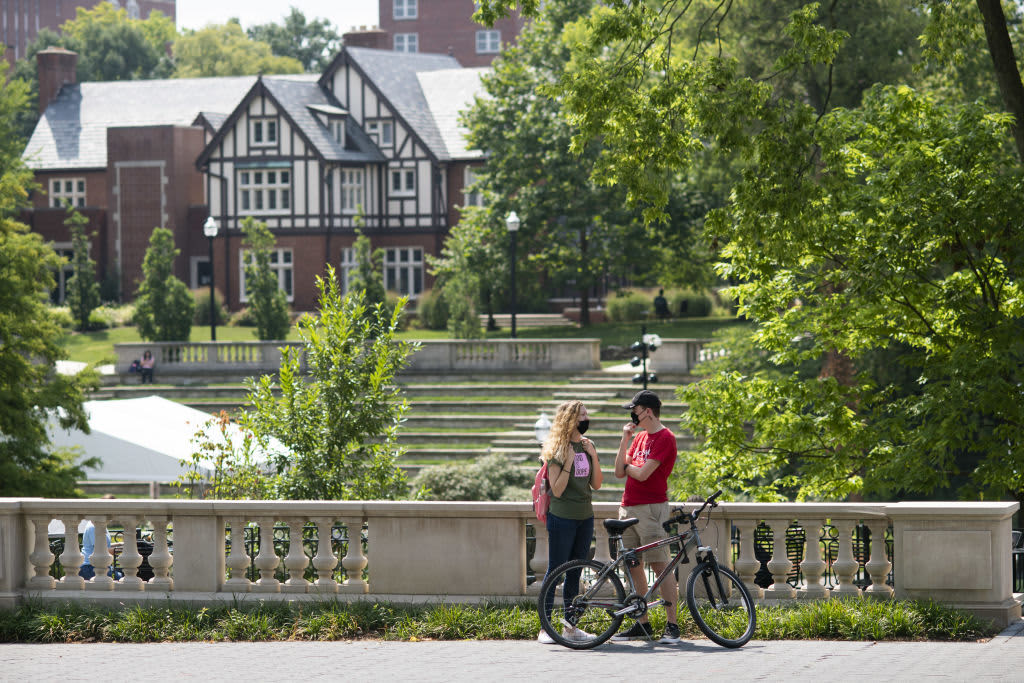
3. The Ohio State University, Main Campus
- Total Student Enrollment: 60,046
- Undergraduate Format: 94% in-person or hybrid
- Acceptance Rate: 51%
- Avg. In-State Undergraduate Tuition & Fees: $11,830
- Avg. Out-of-State Undergraduate Tuition & Fees: $37,330
Roughly 46,000 undergraduates and 14,400 graduate students attend Ohio State’s main campus in Columbus, Ohio’s largest city and the fastest-growing metropolitan area in the Midwest. Students are generally required to live on campus for at least two years.
The 150-year-old institution boasts an alumni network of over 600,000 and a powerful “Buckeye” spirit fueled by Welcome Weeks and a homecoming parade.

4. University of Central Florida
- Total Student Enrollment: 69,233
- Undergraduate Format: 80% in-person or hybrid
- Acceptance Rate: 40%
- Avg. In-State Undergraduate Tuition & Fees: $4,480
- Avg. Out-of-State Undergraduate Tuition & Fees: $19,810
Located in Orlando, UCF is one of Florida’s 12 public colleges, offering 111 bachelor’s degrees, 98 master’s, and 33 doctorates. Over 12,000 students live on campus or university-affiliated housing.
One of the more affordable colleges among the largest universities in the U.S., 70% of UCF students graduate without any student loan debt.
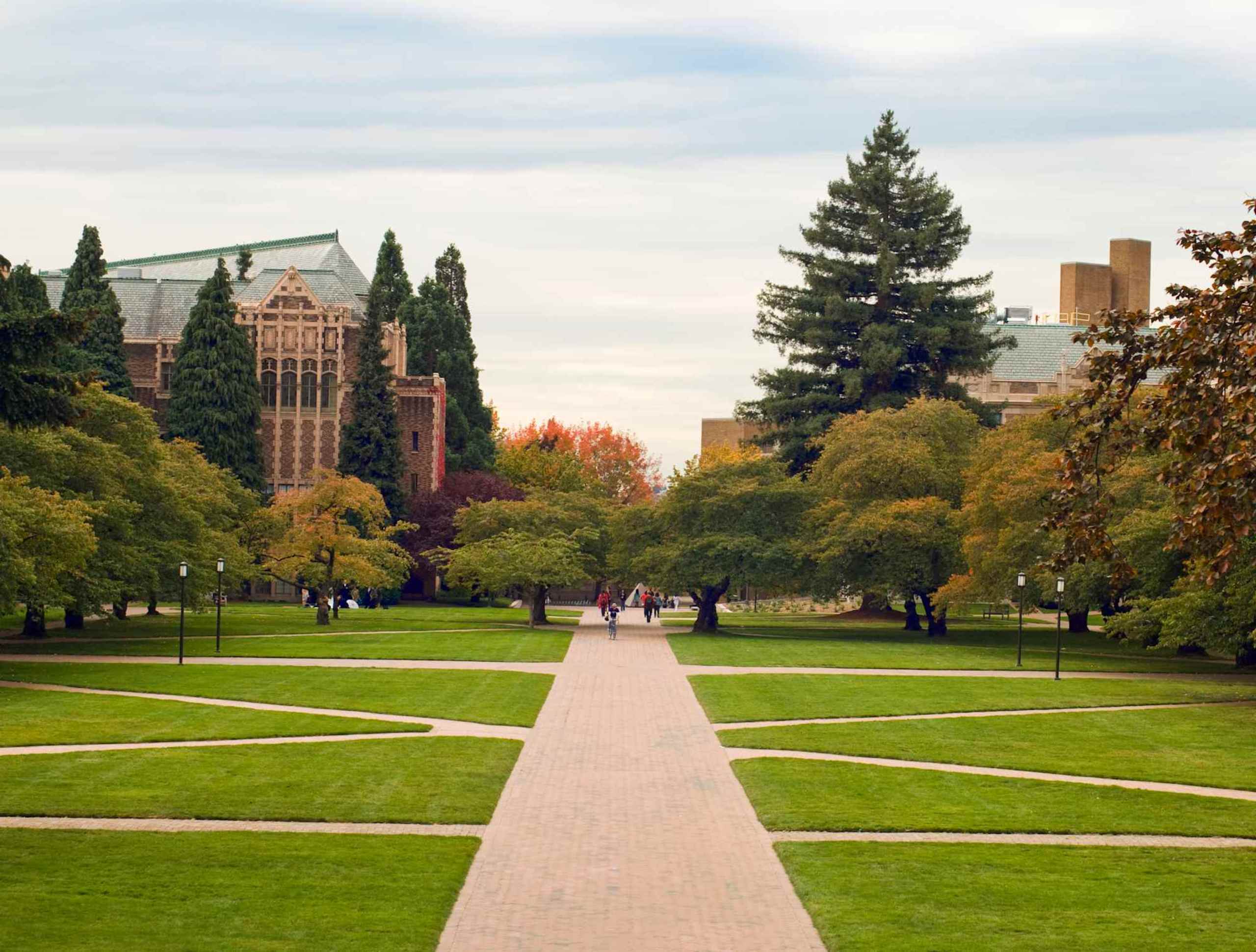
5. University of Washington, Seattle
- Total Student Enrollment: 55,620
- Undergraduate Format: 97% in-person or hybrid
- Acceptance Rate: 43%
- Avg. In-State Undergraduate Tuition & Fees: $11,520
- Avg. Out-of-State Undergraduate Tuition & Fees: $40,880
This large school also tops our list of the best colleges in Washington. The University of Washington’s main campus is located in Seattle, a city known for its coffee and music scenes as well as its scenic mountains and oceanfront views.
About three-quarters of undergraduates at UW hail from the state of Washington, and half are STEM majors. Residence halls offer students nine-month and 12-month living arrangements, so students can live on campus through the summer if desired.

6. New York University
- Total Student Enrollment: 57,335
- Undergraduate Format: 94% in-person or hybrid
- Acceptance Rate: 9%
- In-State Undergraduate Tuition & Fees: $60,440
- Out-of-State Undergraduate Tuition & Fees: $60,440
It doesn’t get much bigger than the Big Apple, where nearly 60,000 NYU students are enrolled across over 400 programs. NYU is the only private school among the top 10 largest colleges in the U.S. and the most selective.
About 11,000 NYU students live in university housing in New York’s Greenwich Village or Brooklyn Heights. Students can find their community in the big city at the NYU Center for Student Life or among the 300 student clubs and organizations.
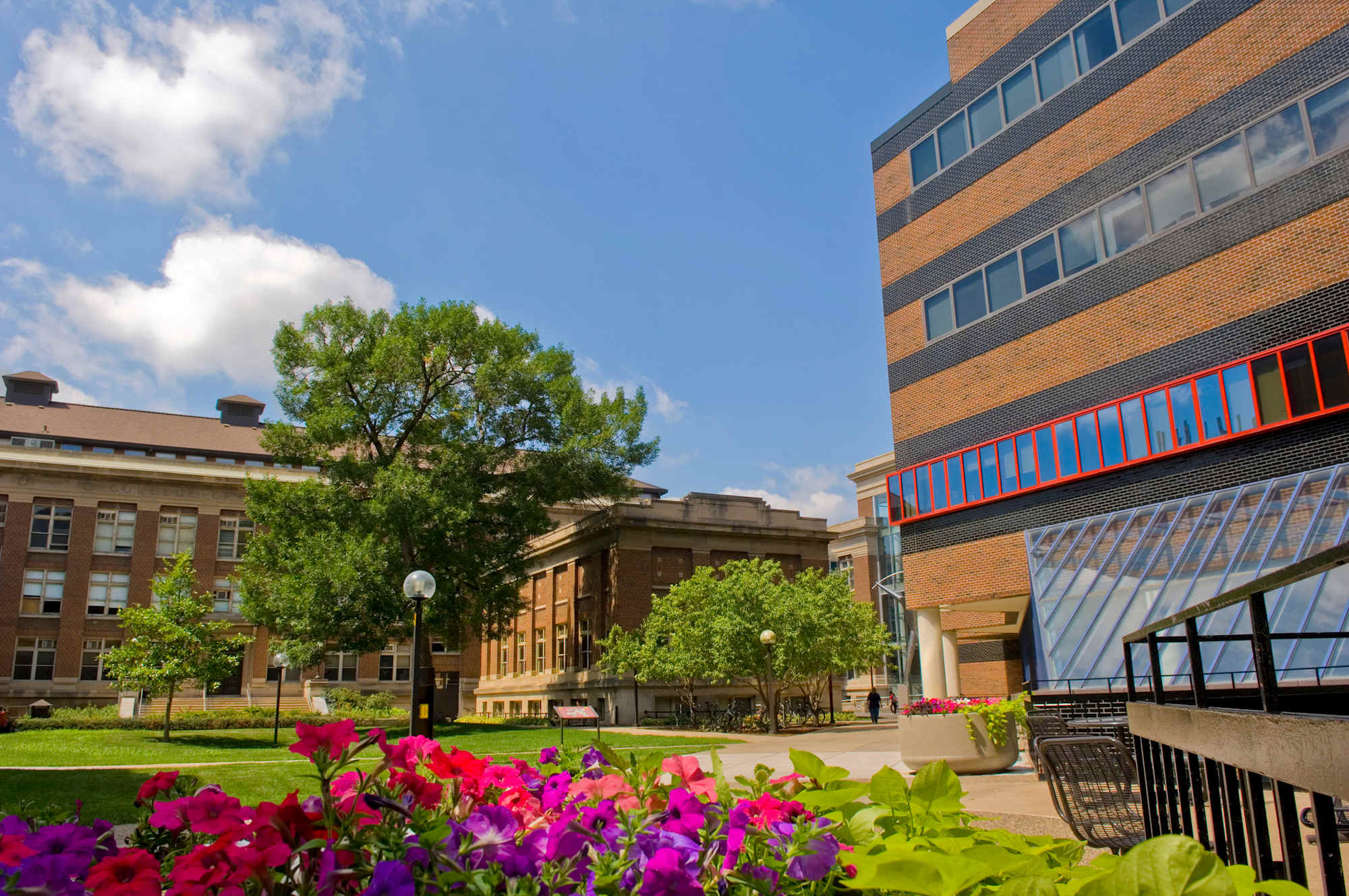
7. University of Minnesota, Twin Cities
- Total Student Enrollment: 54,890
- Undergraduate Format: 97% in-person or hybrid
- Acceptance Rate: 77%
- In-State Undergraduate Tuition & Fees: $14,500
- Out-of-State Undergraduate Tuition & Fees: $34,410
More than 39,000 undergraduates and nearly 16,000 graduate and professional students attend the University of Minnesota in the twin cities of Minneapolis and St. Paul. The school boasts more than 200 graduate and professional studies programs and 900 student organizations.
Students can enroll in one of the University’s 17 colleges and schools, like the College of Food, Agricultural, and Natural Resource Sciences, the Carlson School of Management, the Humphrey School of Public Affairs, or the College of Veterinary Medicine —the only veterinary college in Minnesota.
Want to get around campus fast? It so happens that Minneapolis is one of the country’s most bikeable cities.
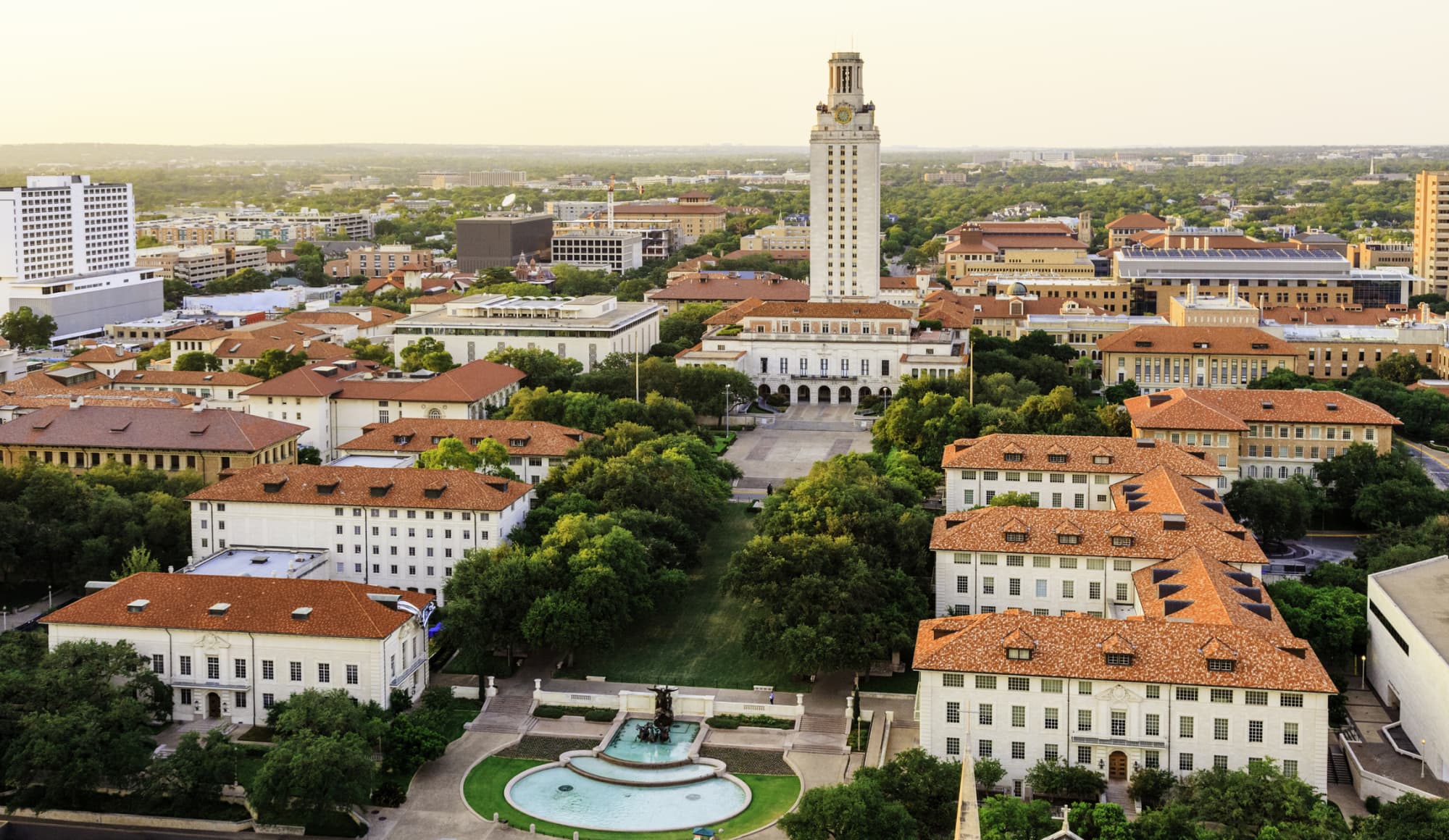
8. University of Texas, Austin
- Total Student Enrollment: 53,082
- Undergraduate Format: 100% in-person or hybrid
- Acceptance Rate: 29%
- In-State Undergraduate Tuition & Fees: $11,680
- Out-of-State Undergraduate Tuition & Fees: $42,780
The student body at UT Austin includes more than 41,000 undergraduate and 11,000 graduate students, representing 130 countries and all 50 states.
Students at UT Austin get to participate in any of the more than 1,000 student organizations, 70 sororities and fraternities, hundreds of intramural sports leagues, and the largest student-run newspaper in the country.

9. University of Michigan
- Total Student Enrollment: 52,065
- Undergraduate Format: 97% in-person or hybrid
- Acceptance Rate: 18%
- In-State Undergraduate Tuition & Fees: $17,980
- Out-of-State Undergraduate Tuition & Fees: $59,780
The University of Michigan enrolls roughly 33,000 undergraduates and 20,000 graduate students The school admits just 18% of applicants. Among those accepted, the average high school GPA is over 3.9.
UM offers students access to more than 1,700 student-run clubs. It shines in research and sports, with one of the largest research portfolios of colleges in the country and over 400 Big 10 athletic championships.
Tuition is higher than average for out-of-state students, but 1 in 4 undergraduates pay nothing after financial aid.
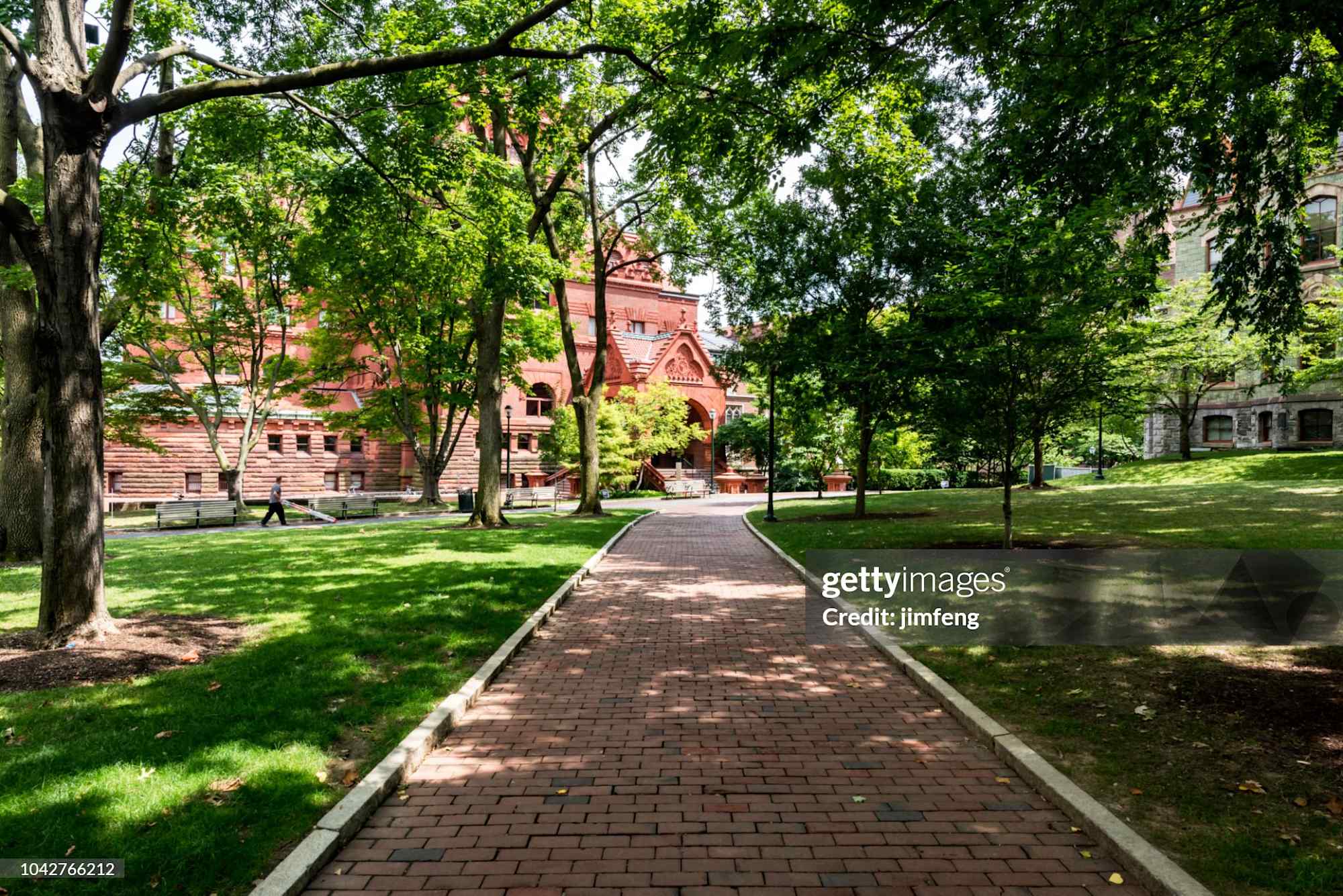
10. Pennsylvania State University, Main Campus
- Total Student Enrollment: 50,399
- Undergraduate Format: 99% in-person or hybrid
- Acceptance Rate: 54%
- In-State Undergraduate Tuition & Fees: $19,670
- Out-of-State Undergraduate Tuition & Fees: $39,630
When Pennsylvania State University was founded in 1855, it was a small agricultural college. Today, it’s one of the largest universities in the country. Located in University Park, a few hours’ drive from Philadelphia, it houses roughly 14,000 students in its campus residence halls.
PSU offers over 275 undergraduate majors. Plus, it might be the only university on this list with its own creamery and online ice cream delivery service.
Largest Online Colleges
The five largest primarily online universities are all larger than the biggest in-person colleges by enrollment.
| Rank | School Name | Institution Control | Online Enrollment | Percentage of Fully Online Students | Total Enrollment |
|---|---|---|---|---|---|
| 1 | Western Governors University | Private Nonprofit | 185,015 | 100% | 185,015 |
| 2 | Southern New Hampshire University | Private Nonprofit | 178,576 | 97% | 184,099 |
| 3 | University of Phoenix | Private For-Profit | 101,150 | 100% | 101,150 |
| 4 | Liberty University | Private Nonprofit | 87,608 | 85% | 103,068 |
| 5 | Grand Canyon University | Private For-Profit | 82,824 | 77% | 107,563 |
| 6 | Arizona State University Digital Immersion | Public | 66,062 | 100% | 66,062 |
| 7 | University of Maryland Global Campus | Public | 53,475 | 89% | 60,084 |
| 8 | American Public University System | Private For-Profit | 50,187 | 100% | 50,187 |
| 9 | Purdue University Global | Public | 44,421 | 100% | 44,421 |
| 10 | Walden University | Private For-Profit | 44,223 | 100% | 44,223 |
Largest Private Universities in the United States
Private universities tend to be smaller than public colleges. However, these private schools rival some public universities in terms of size.
| Rank | School Name | Institution Control | Campus and Hybrid Enrollment | Total Enrollment |
|---|---|---|---|---|
| 1 | New York University | Nonprofit | 53,895 | 57,335 |
| 2 | University of Southern California | Nonprofit | 41,489 | 47,147 |
| 3 | Brigham Young University | Nonprofit | 34,373 | 35,074 |
| 4 | Columbia University in the City of New York | Nonprofit | 33,868 | 35,279 |
| 5 | Boston University | Nonprofit | 32,595 | 36,624 |
| 6 | Northeastern University | Nonprofit | 29,913 | 31,159 |
| 7 | Cornell University | Nonprofit | 25,739 | 26,264 |
| 8 | University of Pennsylvania | Nonprofit | 25,553 | 28,711 |
| 9 | Grand Canyon University | For-Profit | 24,739 | 107,563 |
| 10 | Harvard University | Nonprofit | 22,486 | 30,386 |
Largest Catholic Universities in the United States
The largest Catholic college in the country by campus enrollment is St. John’s University in New York. However, Depaul in Chicago and Georgetown in Washington, D.C., are larger if you include online enrollment.
| Rank | School Name | Campus and Hybrid Enrollment | Total Enrollment |
|---|---|---|---|
| 1 | St. John’s University, New York | 18,706 | 19,691 |
| 2 | DePaul University | 18,359 | 21,348 |
| 3 | Georgetown University | 17,537 | 20,392 |
| 4 | Loyola University Chicago | 16,005 | 17,397 |
| 5 | Saint Louis University | 15,998 | 17,202 |
| 6 | Fordham University | 14,699 | 16,153 |
| 7 | Boston College | 14,516 | 15,280 |
| 8 | University of Notre Dame | 12,911 | 13,174 |
| 9 | Marquette University | 10,804 | 11,373 |
| 10 | University of Dayton | 10,513 | 11,304 |
The Largest University in Every State
Sort the table below to find the largest college in each U.S. state.
Table: Biggest Colleges in Every State by Campus Enrollment, Fall 2023
| State⇅ | School⇅ | Institution Control⇅ | Campus and Hybrid Enrollment⇅ | Total Enrollment⇅ |
|---|---|---|---|---|
| Alabama | The University of Alabama | Public | 33,679 | 39,622 |
| Alaska | University of Alaska Anchorage | Public | 7,233 | 10,796 |
| Arizona | Arizona State University Campus Immersion | Public | 75,613 | 79,593 |
| Arkansas | University of Arkansas | Public | 28,926 | 32,140 |
| California | University of Southern California | Public | 46,211 | 46,678 |
| Colorado | University of Colorado Boulder | Public | 37,289 | 41,432 |
| Connecticut | University of Connecticut | Public | 25,996 | 27,264 |
| Delaware | University of Delaware | Public | 22,526 | 24,221 |
| Florida | University of Central Florida | Public | 55,386 | 69,233 |
| Georgia | University of Georgie | Public | 40,367 | 69,233 |
Source
Integrated Postsecondary Education Data System. (Fall 2023.) Custom Data Files.